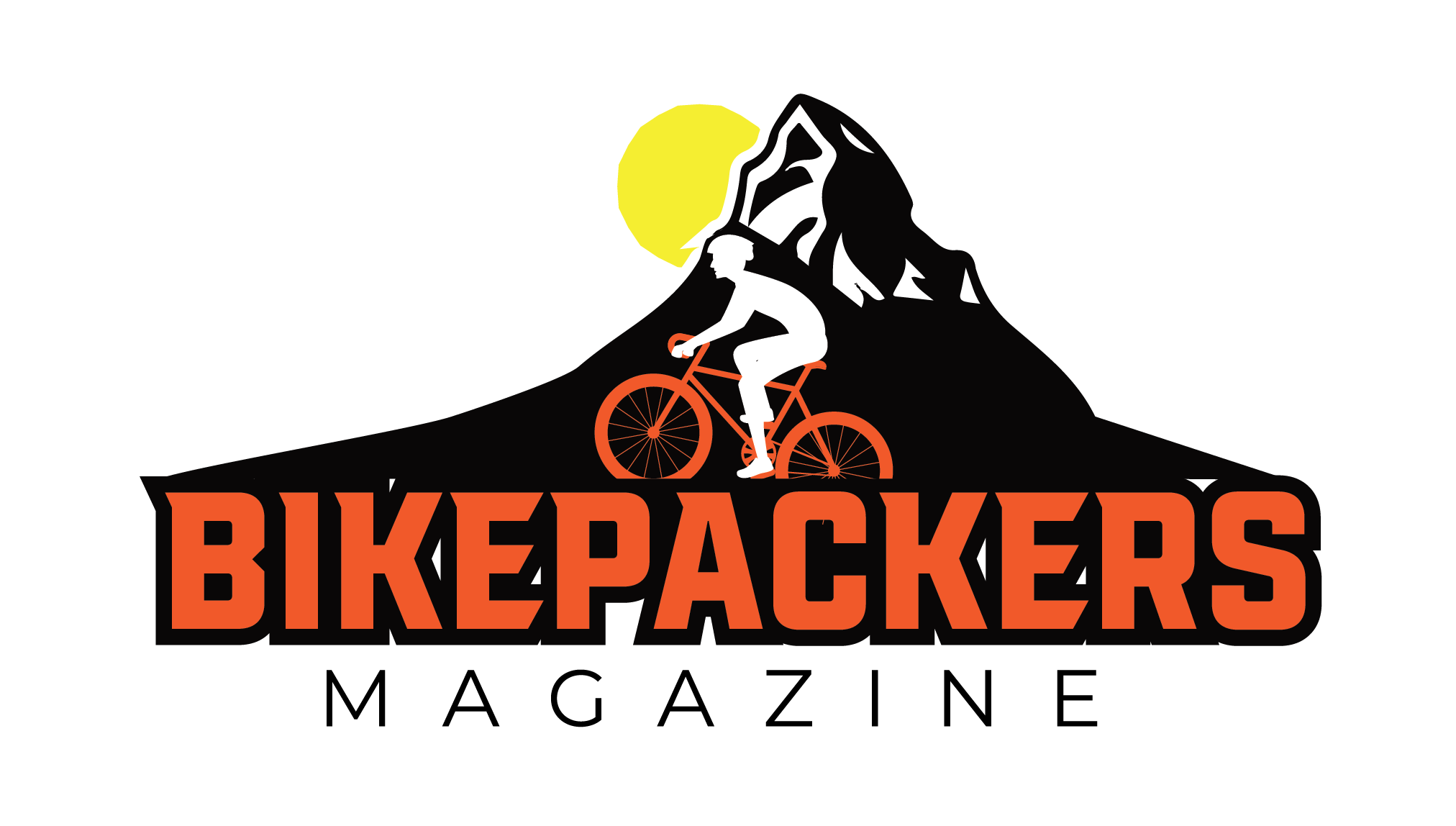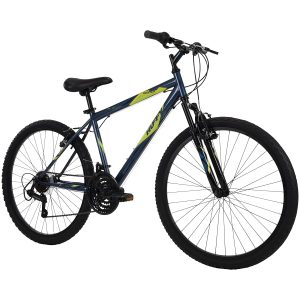INTRODUCTION
Quick Navigation
Hardtail bikes, mostly known as hardtail mountain bikes, are bicycles designed to suit several kinds of off-road tracks or terrains.
These bikes feature a suspension fork in the front. However, unlike other bikes, they do not have shocks in their rear. If youre a big fan of mountain biking, chances are, you’ve made use of a hardtail mountain bike. The main use of the front suspension of these bikes is to help the rider to navigate through tough off-road tracks or terrain. The front suspension can reduce the impact of rough bumps, jumps, and lumps, which helps to reduce the strain on the rider. Hardtail mountain bikes are mostly known for their versatility and multipurpose abilities.
A hardtail mountain bike can be used for several cycling events and mountain riding sports. It is used for races and cycling marathons. The hardtail mountain bike is ideal if you love touring and do this mostly on tough terrains or forest paths. Even on paths filled with stones and rots, your hardtail bike will get you through while absorbing most of the impact made.
The firm triangle on the bike’s back end signifies that power is transferred straight from the rider’s legs to the ride, thus increasing the bike’s speed. This is why the mountain bike is also one of the fastest bikes, even on difficult paths and much faster than a full Susser. The hardtail mountain bike is lightweight and makes it easier to climb uphill; this is also thanks to the front suspension, seeing as there is no loss of power during the suspension. Due to their resilient and versatile nature, hardtail mountain bikes will perform excellently in most areas. However, the most befitting areas for a hardtail mountain bike are pump tracks, mountain trails, and fire roads. Thankfully, hardtail mountain bikes are quite suitable for beginners with little experience and are excellent on easy terrains/trails like city streets, stone trails, and so on. Just as hardtail mountain bikes make it easy to ride uphill, it also allows the rider to descend hills.
Mountain bikes were invented around the 1970s and have made a mark in the world of biking since then. Before mountain bikes were specifically made for mountain riding, certain riders were brave enough to race on the mountains with regular beach cruisers with coaster breaks and gears. These risky races on mountain hills were popularly known as ‘repack downhill races’ because of the level of mishandling that the coaster breaks experienced when descending the hillside. This led to the coaster breaks being repackaged with grace when the race ended. Joe Breeze was the architect of the first all-purpose mountain bike who also stirred the design and creation of upgraded models like the hardtail mountain bike. Joe and some friends tried to race several kinds of bikes downhill but didn’t succeed. After trying out a variety of frames, bikes, and tires, Joe got the inspiration to design a more rigid bike that could withstand the knock-around of riding downhill. His friend called this design a mountain bike.
Benefits of A hardtail Mountain Bike
Here are some key benefits of owning or riding a mountain bike:
ECONOMICAL
The first advantage of a hardtail mountain bike that we’d like to address is that compared to the full-suspension bikes, hardtail bikes are more economical and budget-friendly. A reliable hardtail bike can be purchased for about a couple hundred dollars to $1000. This is encouraging for newbies who are interested in mountain riding but don’t want to go over their budget.
FLEXIBLE
As much as a hardtail mountain bike can be used on city roads, it can also be used on mountain hills and rough terrains. A hardtail mountain bike is quite versatile. You may ride it to work on the weekdays and enjoy a good mountain biking session on the weekends. You can also ride your mountain bike almost anywhere without the wear and tear of the bike. It is multipurpose and gives you value for your money.
LIGHTWEIGHT
The absence of a rear suspension system in a hardtail mountain bike is what differentiates it from a full suspension bike. Compared to a full-suspension bike that has a front suspension fork and a rear suspension system, the hardtail mountain bike has no rear suspension system. Thanks to this, the hardtail mountain bike weighs much less and is the best choice for riders looking for a lightweight hardtail bike. Due to its lightweight, the hardtail mountain bike can be easily maneuvered by the rider on whichever terrain it is on. It is also easier to carry around or lift and push.
SUITABLE FOR CLIMBING
Once again, thanks to its lightweight, the hardtail mountain bike makes climbing much easier. The rider is able to climb difficult hills without feeling a direct impact. Due to the absence of rear suspension, the rider has a smoother transmission of power to the pivot while pedaling. All the power that is put into pedaling goes directly to the front suspension rather than the rear suspension, taking up most of the power. You can even increase the climbing capacity of your hardtail bike by changing your stock pivot to light carbon wheels, or you can purchase a hardtail with light carbon wheels.
SUITABLE FOR JUMPS
Thanks to its single front suspension and lightweight, the hardtail mountain can easily boost up when jumping. When preparing to boost over a jump, it is easier to transfer weight to your back tire. Although launching over a jump may be less difficult with a hardtail mountain bike, landing the jump is quite easier when using a full-suspension bike.
SENSITIVE
Due to the lightweight and lack of a full suspension system of the hardtail mountain bike is more sensitive and responds pretty quickly to the rider’s movements. The rider will find that he can easily manipulate the handlebars and shift his weight to the preferred direction while riding. Due to the fact that the hardtail bike lacks a rear suspension, the impact from the trails is less, therefore increasing the sensitivity of the bike.
GREAT ON-ROAD PERFORMANCE
The versatility of the hardtail mountain bike doesn’t stop at its responsiveness on off-road tracks and mountain climbing. Seeing as you won’t lose much power to pedal, which is the case in a full suspension system, you will be able to maintain speed without a hassle and be even more efficient on the road. You wouldn’t need to put in too much effort while pedaling, and this will allow you to transport to your location easily and faster on-road. If you are a fan of high speed, we recommend you get bigger wheels, and this is because the size of the wheels has a great impact on the speed.
GREAT OPTION FOR BEGINNERS
As a beginner working with a strict budget, the hardtail mountain bike is just the right option for you. Without including the cost of apparel and gear, you can start your journey into mountain riding with a couple of hundred dollars. If you need a bike that can transport you from home to the supermarket or work and still ride on terrains close by on the weekends, this is a good choice. However, if you want a bike just for technical and rough trails, a full-suspension bike may be to your advantage. On the other hand, riding a hardtail mountain bike on smooth and easy trails will be a breeze, even for a beginner.
HOW TO MAINTAIN YOUR HARDTAIL MOUNTAIN BIKE
Your mountain bike might get mishandled when youre riding through the woods, sand, mud, water, and grime. Hitting the pedals while climbing and making jumps through shallow gutters or deep holes. This can all cause certain wear and tear to your mountain bike. This is why it is very important to ensure that your bike goes through constant maintenance. Here are some tips on how to maintain your hardtail mountain bike.
Wash your bike thoroughly but gently, avoid the use of a pressure washer. Instead, put some foam on the bike and wet it up. The high pressure of a pressure washer nozzle can push lubricant and grease from the bearings to the other parts for moving. This will cause the collision of dirt and water and cause damage to the bearings. After washing, it’s preferable to use a clean rag to clean up the cogs and chains. Washing your bike gives you a good chance to inspect your bike’s components or frame for any damages.
Using a dry rag, clean your bike’s chain and ensure that it stays glossy. While at it, don’t forget to use a lubricant on the chains but not the cassette. Also, avoid using lubricants that are spray-based because they may settle on your brakes, and you surely don’t want that.
Constantly check your tire pressure. A mountain bike tire inflation standard is usually around 2 -2.5 Bar. Don’t forget to consistently inspect your V- or disc brakes’ brake pads. Look out for grinding sounds and replace the brake pads, so it doesn’t cause damage to the rest components. For any more concerns, visit your local mountain bike store for help.
Conclusion
If you’re a bike lover and are looking for a versatile bike that helps you fulfill your hubbies and plays a role in your transportation, then we recommend the hardtail mountain bike. Apart from being used for mountain riding and on-roads, it is budget-friendly and easy to maintain; if youre considering getting a mountain bike for the first time and youre interested in a hardtail mountain bike, youre on the right path.

